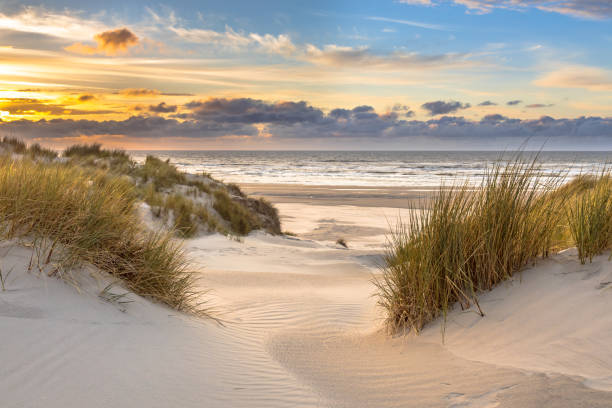Hello people,
Last week on Tuesday we went on a field trip to Sumner beach and learnt about the sand dunes. We learnt about saving the sand dunes and why they are important and the animals that live in them. We got to make our own sand dunes, they had to be one meter long and about knee height. We then put some features to top of the dunes to replicate a large dune. Features such as sticks, fences and bridges, these features are used to stop the tides washing down the sand dunes. A king tide which is the biggest tide of the year happens when there is a full moon, it washes away a lot of sand from the beach. We then did some experiments with the sand dunes, like seeing what happens when we step with our fingers to replicate people walking on the endangered dunes. One of the ways we stopped this on our mini sand dunes was to put mesh fences up to stop people and their animals. Did you know dogs are one of the biggest threats to the sand dunes, they run around and dig up the dunes and break the plants that grow on them. After that we learnt about some animals and plants that live in the sand dunes, in particular the katipo spider, sand hoppers, geckos, and some little grubs. Our guide told us a story about how the people who live next to the beach wanted to see the sunrise in the mornings but the sand dunes were blocking it. They all asked the council if they could take down the dunes so they could see the beautiful sunrise, but the council did not want to take down the dunes. But the council still wanted to make the people happy so they took down a bit of the dune in front of a house so they could see the sunrise. It was all going well until they noticed that the sand had been building up in their attic, they found this out when the roof collapsed because all of the weight from the sand had been building up.
Here is a photo of a sand dune.
 source google.
source google.
Have you ever seen a sand dune?

 source google.
source google.